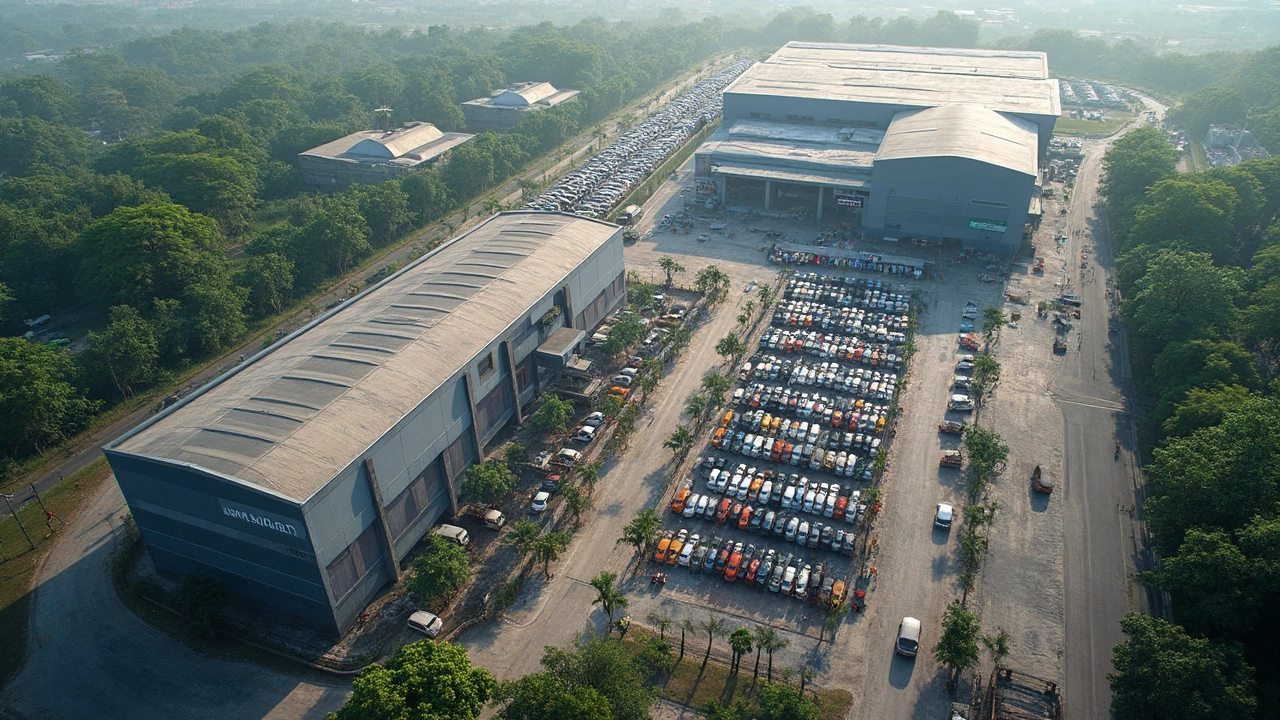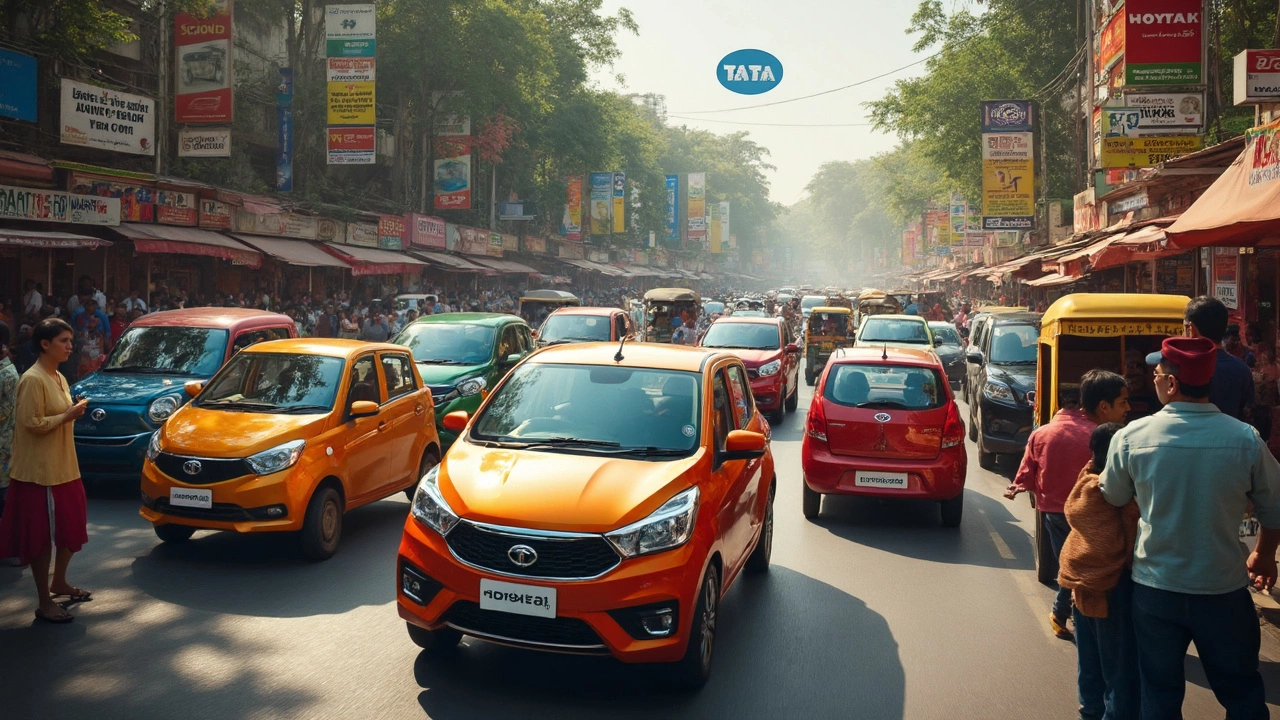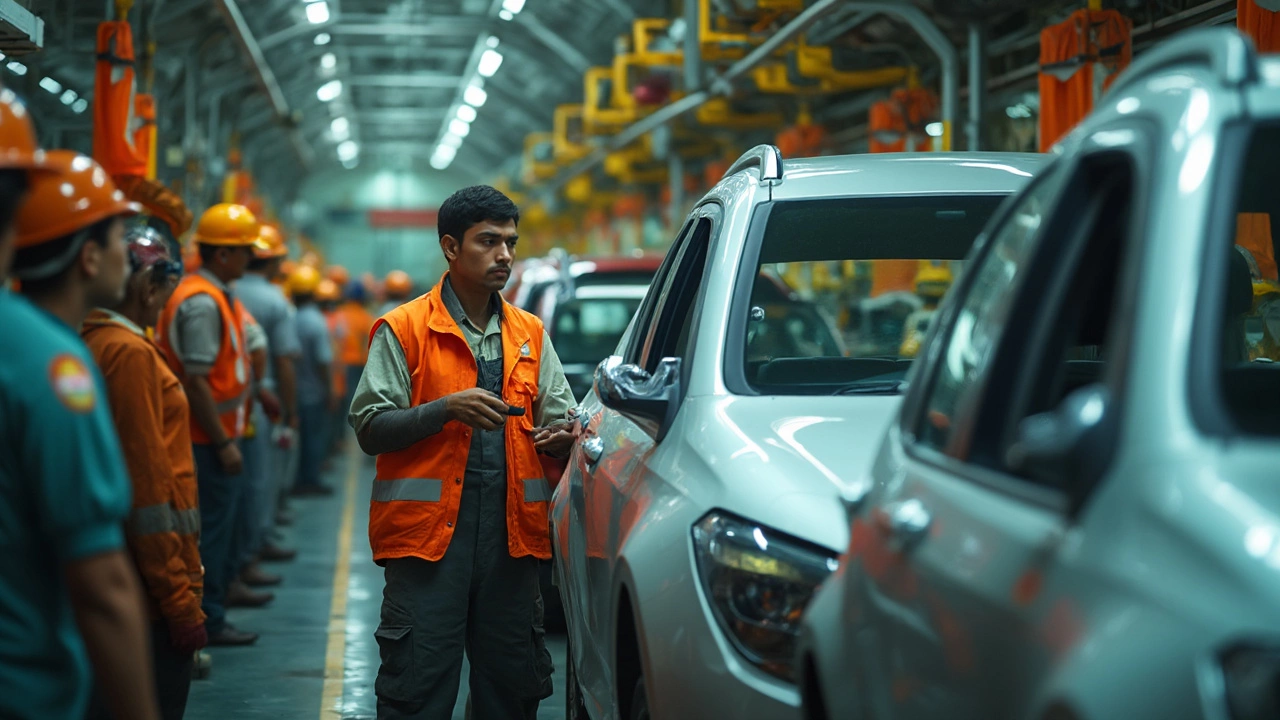Automobile Manufacturing in India: What’s Happening Now?
If you’ve ever wondered why new car models seem to appear faster than ever, the answer lies in the fast‑moving world of automobile manufacturing. India’s auto sector is buzzing with ideas, investments, and policies that affect everything from the factory floor to your driveway. In this guide we’ll break down the most useful bits – the key trends, the biggest challenges, and the opportunities you can tap into today.
Top Trends Driving the Industry
First off, electric vehicles (EVs) are no longer a niche. The government’s Faster Adoption and Manufacturing of Hybrid & Electric Vehicles (FAME) scheme offers subsidies that make EV production financially viable for many OEMs. As a result, you’ll see a surge in local battery assembly plants and a shift toward lighter, high‑strength steel frames.
Second, digitization is reshaping how factories operate. Smart robotics, AI‑based quality checks, and real‑time data dashboards are cutting waste and boosting output. Companies that invest in Industry 4.0 tools report up to 20 % higher productivity, according to a recent Confederation of Indian Industry (CII) survey.
Third, the shift to modular platforms lets manufacturers roll out multiple models from a single chassis. This reduces design costs and shortens time‑to‑market – a critical advantage when consumer preferences change overnight.
Challenges You Need to Watch
Supply‑chain disruptions still bite hard. Global semiconductor shortages have forced many plants to idle lines, and the ripple effect hits component makers across the country. Building a local inventory buffer or partnering with multiple suppliers can soften the blow.
Labor skill gaps are another hurdle. While India has a vast workforce, the demand for technicians who can handle advanced robotics and data analytics outpaces supply. Upskilling programs backed by the Ministry of Skill Development are starting to bridge this gap, but the race is far from over.
Regulatory compliance adds complexity too. Emission norms are tightening, and each state may have its own safety standards. Keeping a compliance tracker updated helps avoid costly redesigns late in the production cycle.
So, what can you do right now?
1. **Tap into government incentives** – check the latest FAME and Production Linked Incentive (PLI) schemes for subsidies on EVs, batteries, and advanced manufacturing tools.
2. **Invest in data‑driven processes** – even a simple cloud‑based ERP system can give you visibility into inventory levels, reducing downtime.
3. **Build a talent pipeline** – partner with technical institutes for apprenticeship programs; it’s cheaper than hiring external experts and builds loyalty.
4. **Diversify your supplier base** – especially for chips and electronic modules. A secondary source can keep your line running when the primary supplier faces a hiccup.
5. **Adopt modular design early** – it helps you roll out new variants without re‑tooling the entire plant, saving both time and money.
In short, automobile manufacturing in India is a mix of high‑speed innovation and classic industrial challenges. By staying ahead of trends, preparing for supply shocks, and leveraging government support, you can turn these challenges into growth drivers. Keep an eye on the market, invest wisely, and you’ll be ready for whatever the next model year throws at you.

Which is the Largest Car Plant in India? Facts and Inside Look
Curious about where India's car production hits massive numbers? This article pinpoints the country’s largest car plant and unpacks what makes it so huge and efficient. You’ll get facts, production stats, and insider details about its daily operations. Plus, there are surprising records and tips for anyone who’s interested in cars or factories. Find out how this single location powers much of India's car supply.
Read More
Does Tata Sell Cars in the USA? The Real Story Behind Tata Motors in America
Curious if Tata Motors sells its cars in the USA? This article explores what Tata is, why their cars aren't parked in American driveways, and what makes their vehicles stand out in India and other parts of the world. Find out if that's likely to change, and what Tata's presence means for the global automotive scene. We’ll break down everything with simple, straightforward facts mixed with real-world insight.
Read More
India Automobile Manufacturing: Does India Produce Cars?
India absolutely produces automobiles, from compact hatchbacks to heavy trucks. It’s home to some of the world’s largest carmakers and plays a huge role in exporting vehicles across the globe. The country’s auto industry helps support millions of jobs and drives related tech, from electric vehicles to automation. Whether you’re curious about made-in-India car brands or want to understand how the sector works, this article peels back the curtain. Get ready for a closer look at what powers the Indian auto assembly lines.
Read More
Banned Vehicles in India: What's Not Allowed on the Roads
In India, several vehicles are banned from the roads due to safety, environmental, and regulatory reasons. The list includes old diesel vehicles, those not meeting emission standards, and some modified cars. Understanding these bans is crucial for manufacturers, dealers, and consumers to avoid legal complications and promote better air quality. This article explores the criteria and categories for these bans, providing insights into how the regulations impact the automobile landscape.
Read More